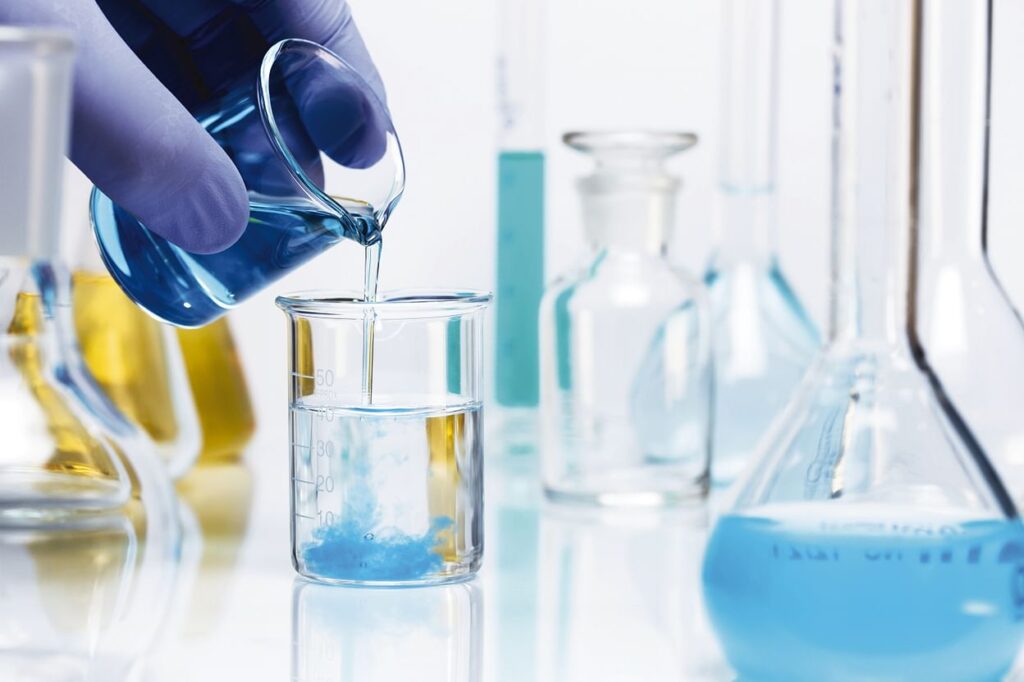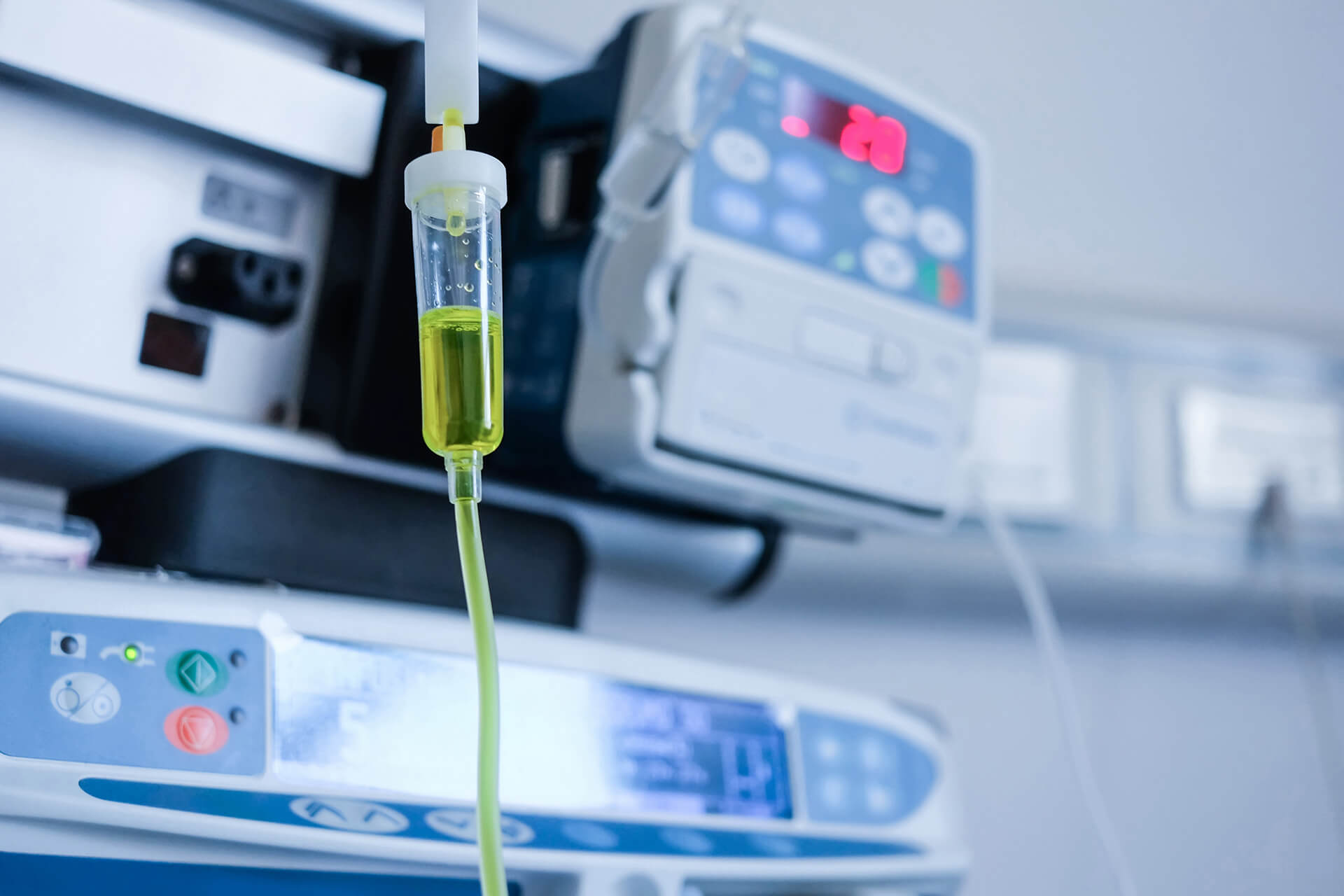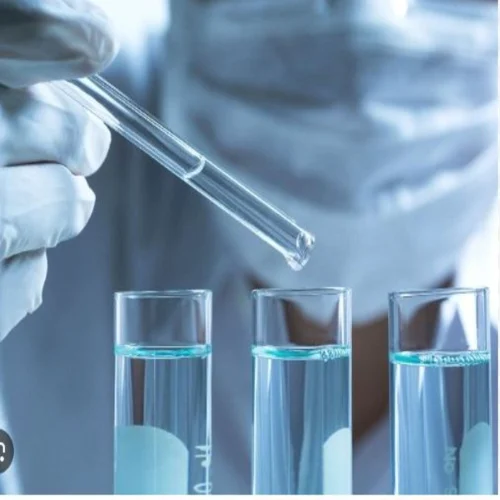
Water is tested in labs to ensure it’s safe for human health and the environment. Water can contain contaminants that can cause health issues like gastrointestinal illness, reproductive problems, and neurological disorders. Infants, young children, pregnant women, the elderly, and people with weakened immune systems may be especially at risk
What is the purpose of testing water in experiments?
Explanation: The purpose of testing distilled water with each indicator in experiments is to establish a baseline for comparison. Distilled water serves as a control to ensure that any observed changes in color or pH are due to the substances being tested and not the water itself
Water tests performed in a lab can include chemical tests, pH testing, and USP water testing:
- Chemical testsThese tests include the cobalt chloride paper test and the copper sulfate test. In the cobalt chloride paper test, water turns the paper from blue to pink if it’s present.
- pH testingThis test measures the concentration of hydrogen ions in a solution, which indicates how acidic the water is. The pH scale ranges from 0 (very acidic) to 14 (very basic), and natural waters typically have a pH between 6.5 and 8.5. Acidity can affect the taste of water, and drinking water that’s too acidic or not neutral enough can make people sick.
- USP water testingThis test determines the purity of water, whether it contains objectionable organisms, and the endotoxins that may result. The type of testing required depends on how the water will be used
What is the purpose of the water test?
Water testing is carried out to meet the regulatory requirements and adhere to the safety procedures that are needed for pollutant-free water. This is a broad concept that involves several procedures to analyze and evaluate the quality of water.
Water shortage is one of the major problems the World is facing and during these days of water scarcity and pollution, the Water Testing Laboratories play a major role in pollution control programmes. These labs helps us analyse the quality of any water be it drinking water or the water from a polluted river.

What to test water for?
You should have your well tested once a year for total coliform bacteria, nitrates, total dissolved solids, and pH levels. If you suspect other contaminants, you should test for those as well. However, spend time identifying potential problems first, as these tests can be expensive.
How to test for water in the laboratory?
The chemical test for water includes the cobalt chloride paper test. If water is present it will change from blue to pink colour. Another test is the copper sulphate test. pure form of copper sulphate is white in colour.
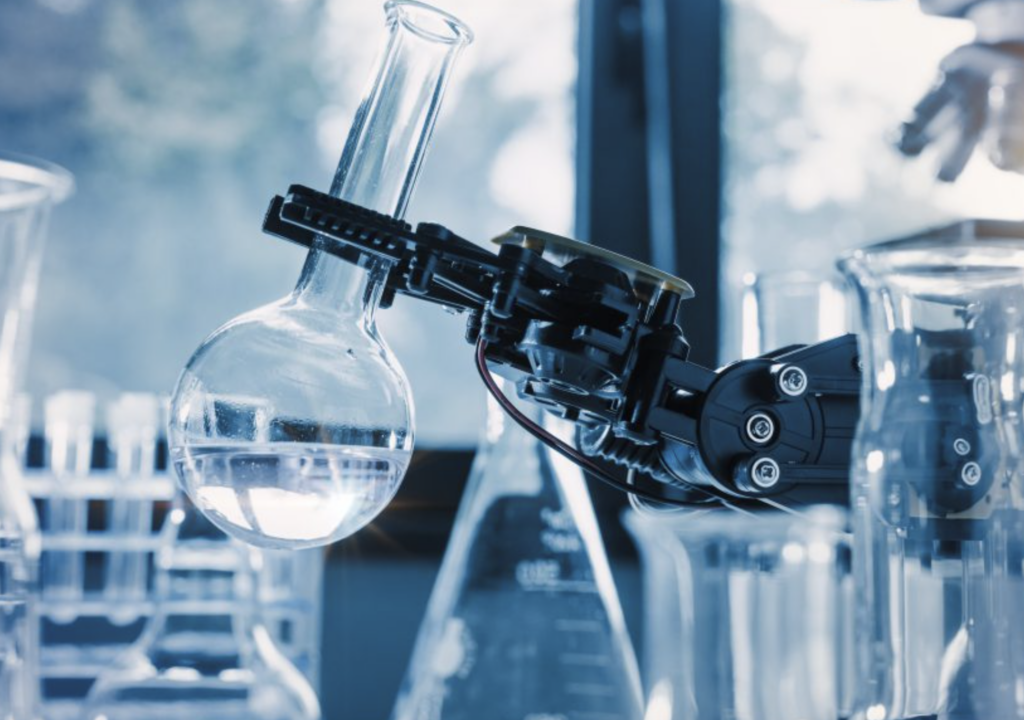
What does a water test include?
State and local health or environmental departments often test for nitrates, total coliforms, fecal coliform, volatile organic compounds, and pH (see above).
Why do we test water in labs?
A superior quality of water is crucial to the economic, health, and social well-being of the people. Monitoring the quality of your water and testing it regularly is very important to maintain reliable and safe water sources and eliminate the potential health risks related to water contamination.
Waterborne diseases can cause serious illness or even death, and contaminated drinking water is a major source of these diseases. By testing water supplies for harmful pathogens such as E. coli and coliform bacteria, water treatment facilities can ensure that drinking water is safe for consumption.
Why does water need to be tested?
The presence of certain contaminants in our water can lead to health issues, including gastrointestinal illness, reproductive problems, and neurological disorders. Infants, young children, pregnant women, the elderly, and people with weakened immune systems may be especially at risk for illness.
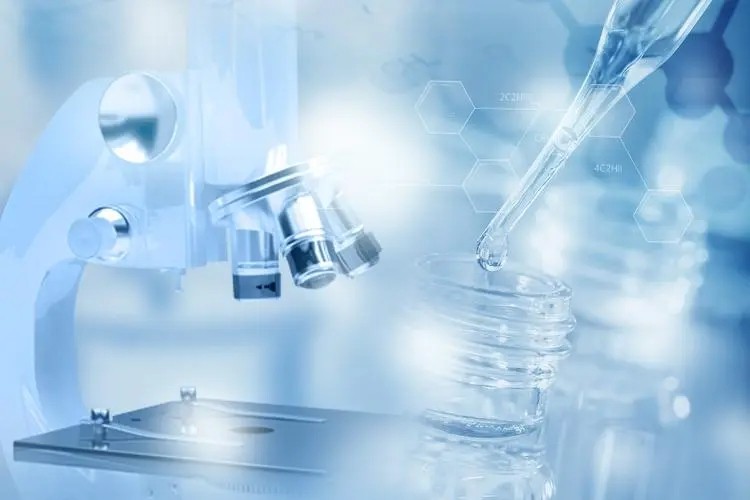
Why is water usually used in labs?
Purified water has a very wide range of uses in chemical and biochemical laboratories, from glassware washing to autoclave filling. It provides a more consistent, less contaminated reagent than potable water leading to improved reproducibility.
Why is it important to test the water in a laboratory?
There are many reasons why water testing is important. Perhaps the most significant is that it helps to protect human health. Waterborne diseases can cause serious illness or even death, and contaminated drinking water is a major source of these diseases. By testing water supplies for harmful pathogens such as E
